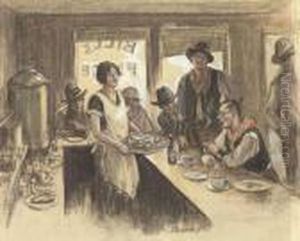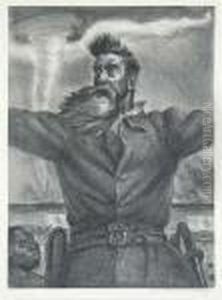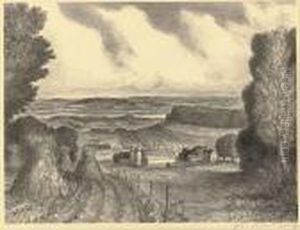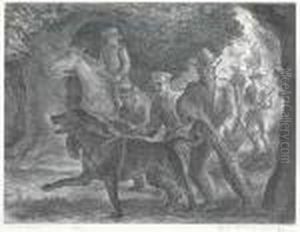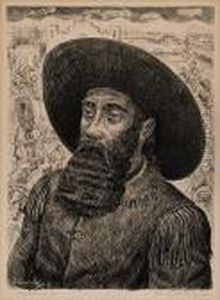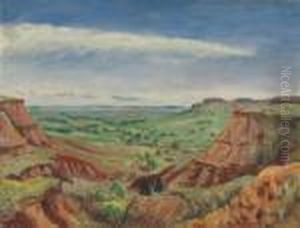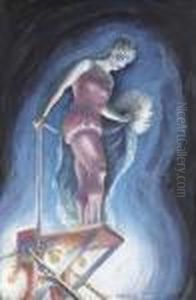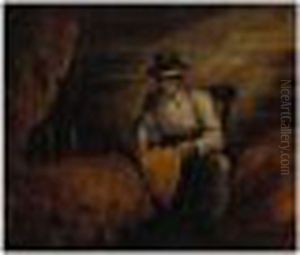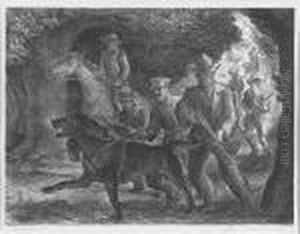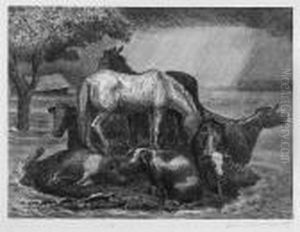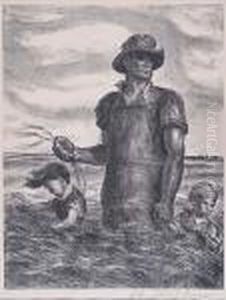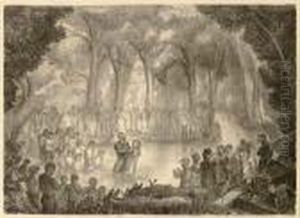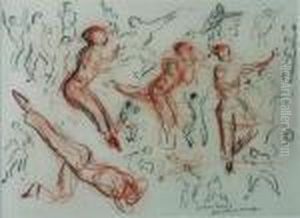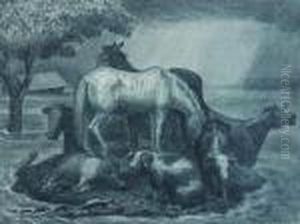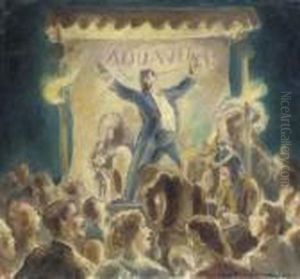John Steuart Curry Paintings
John Steuart Curry was an American painter and one of the foremost figures in the Regionalist art movement, a style that emphasized rural American themes and landscapes. Born on November 14, 1897, in Dunavant, Kansas, Curry grew up in a farming community, which deeply influenced his later work. He studied at the Kansas City Art Institute, the Art Institute of Chicago, and briefly in Paris, but it was his Midwestern roots that remained the core subject of his art.
Curry achieved national recognition in the 1930s when he, along with artists like Grant Wood and Thomas Hart Benton, became known for a style that celebrated the American rural experience during a time when the United States was urbanizing rapidly. His work often included scenes of farm life, natural disasters, and human struggle, embodying a deep connection with the Kansas landscape and its people.
In 1936, Curry took a position as the artist-in-residence at the University of Wisconsin-Madison, a role he held until his death. There, he was commissioned to create murals for the state capitol in Madison. His most famous work, 'Tragic Prelude,' depicts the fervent abolitionist John Brown and the anti-slavery conflict in Kansas prior to the American Civil War. Curry's depictions of Brown and other historical events were controversial at the time, as they confronted intense and often violent episodes in American history.
Curry's approach to painting was characterized by dynamic composition, vibrant color, and an emotional intensity that brought his subjects to life. His work also addressed social issues and the struggles of rural Americans during the Great Depression, aligning him with the social realist movement of the time. Despite the prominence of his work during the 1930s, Curry's popularity waned after World War II as the art world shifted towards Abstract Expressionism.
John Steuart Curry passed away on August 29, 1946, in Madison, Wisconsin. Although his career was relatively short, his contributions to American art and culture were significant. Curry's paintings remain a testament to a period in American art history that sought to define a uniquely American voice and experience through the visual arts.

